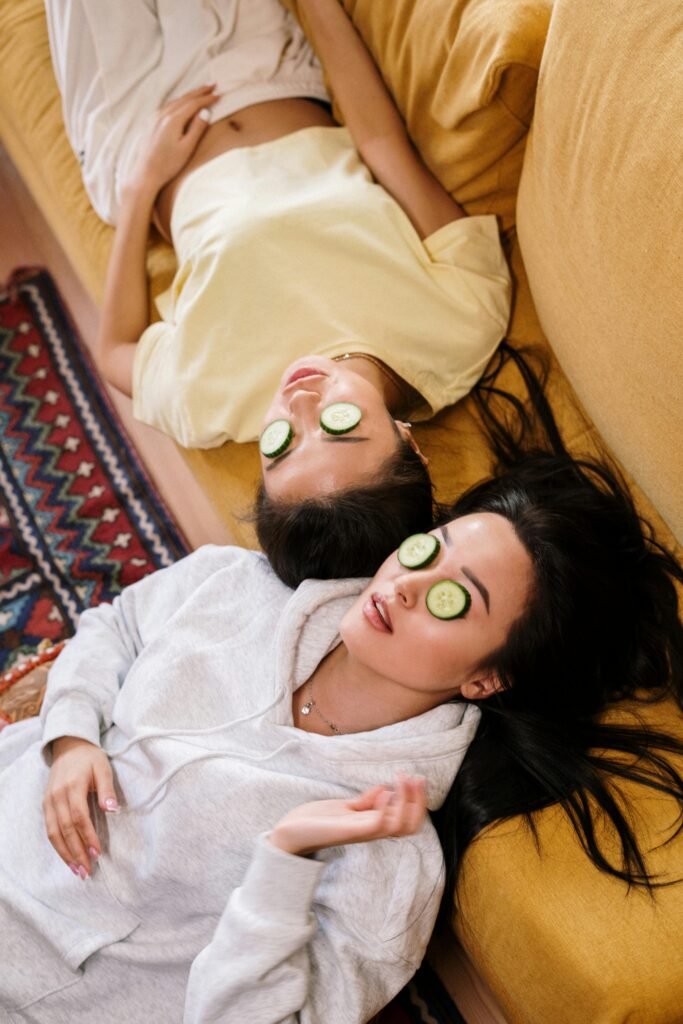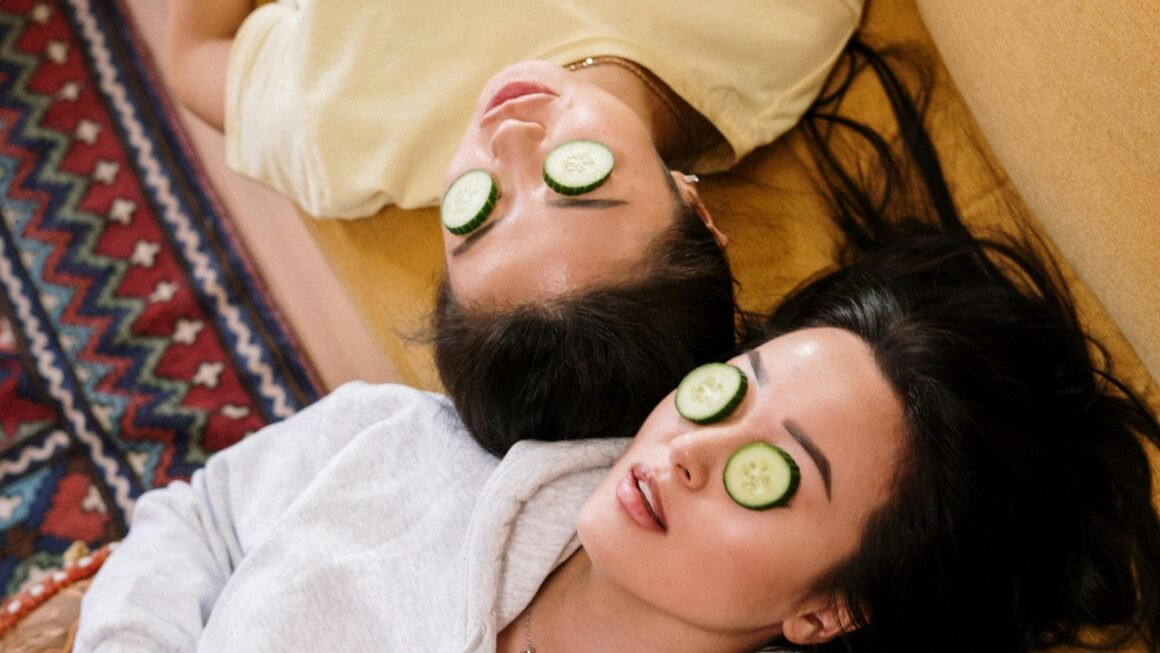Taking care of your beloved pug can be a wonderful and fulfilling experience, but it’s important to be aware of the common health concerns that can affect these adorable little dogs. From respiratory issues to skin problems, this article will provide you with valuable insights and tips on how to keep your pug healthy and happy. So, let’s dive into the world of pugs and explore the common concerns that every pug owner should know about.

This image is property of images.pexels.com.
Nutrition
Feeding your Pug a balanced and nutritious diet is crucial for their overall health and well-being. Pugs have specific feeding requirements that should be met in order to keep them healthy and avoid potential health issues.
Feeding requirements
Pugs are known for their love of food, but it’s important to ensure that they don’t overeat. Portion control is key to preventing obesity, which is a common concern for Pugs. It’s recommended to feed your Pug small meals multiple times a day rather than one large meal. This helps to maintain their energy levels and prevents them from consuming excessive calories.
Choosing the right food
When it comes to choosing the right food for your Pug, opt for high-quality commercial dog food that is specifically formulated for small breeds. Look for a balanced diet that includes protein, carbohydrates, fats, vitamins, and minerals. Avoid foods that contain artificial additives or fillers. Consult with your veterinarian to determine the best food for your Pug based on their individual needs and any specific dietary restrictions they may have.
Managing portion sizes
Portion sizes should be determined based on your Pug’s age, weight, activity level, and overall health. It’s important to follow the feeding guidelines provided by the dog food manufacturer and adjust the portions accordingly. Be mindful of overfeeding, as Pugs can easily become overweight, which puts added strain on their joints and can lead to other health problems. Regularly monitor your Pug’s weight and consult with your veterinarian if you notice any significant changes.
Exercise
Regular exercise is essential to keep your Pug physically and mentally stimulated. Pugs are known for being quite sedentary, so it’s important to provide them with opportunities for physical activity.
Physical activity needs
Pugs have moderate exercise needs, and daily walks are an excellent way to meet these needs. Aim for at least 20 to 30 minutes of exercise per day. However, it’s important to monitor your Pug during walks, especially in hot weather, as they can easily overheat due to their brachycephalic (short-nosed) faces.
Suitable exercise options
In addition to walks, consider incorporating other forms of exercise into your Pug’s routine. Play interactive games such as fetch or hide-and-seek, which not only provide physical exercise but also engage your Pug’s mind. Puzzle toys or interactive feeding toys can also help stimulate their intelligence and keep them entertained. However, avoid intense physical activities or prolonged exercise sessions that may strain their respiratory system.

This image is property of images.pexels.com.
Weight management
Maintaining a healthy weight is crucial for the overall well-being of your Pug. Obesity is a common concern, as excess weight can lead to a range of health problems.
Monitoring weight
Regularly monitor your Pug’s weight by checking their body condition. You should be able to feel their ribs without seeing them, and their waist should be visible when viewed from above. If you notice your Pug gaining weight, consult with your veterinarian for guidance on adjusting their diet and exercise routine.
Preventing obesity
To prevent obesity in your Pug, it’s important to provide them with a balanced diet and regular exercise. Avoid feeding them table scraps or allowing them to overindulge in treats. Stick to the recommended portion sizes and choose low-calorie, healthy treats for training purposes. Engage them in regular physical activity and provide mental stimulation to keep them active and prevent excessive weight gain.
Dental care
Proper dental care is crucial for maintaining your Pug’s oral health and preventing dental issues, which can lead to discomfort and other health problems.
Importance of dental hygiene
Pugs are prone to dental problems, such as gum disease and tooth decay. Poor dental hygiene can lead to pain, infections, and even systemic health issues. Regular dental care is essential to keep their teeth and gums healthy.
Brushing teeth
Brushing your Pug’s teeth regularly is the most effective way to maintain their oral health. Use a soft-bristled toothbrush and canine-specific toothpaste. Start by gradually introducing toothbrushing to your Pug, making it a positive experience for them. Aim to brush their teeth at least two to three times a week, if not daily, to remove plaque and prevent tartar buildup.
Dental check-ups
Regular veterinary dental check-ups are also important to monitor your Pug’s oral health. Your veterinarian can perform professional dental cleanings, address any dental issues, and provide guidance on at-home dental care. These check-ups should be scheduled annually or as recommended by your veterinarian.

This image is property of images.pexels.com.
Eye health
Pugs are prone to certain eye problems, and proper care is necessary to maintain their eye health.
Common eye problems in Pugs
Pugs are susceptible to eye conditions such as dry eyes, corneal ulcers, and progressive retinal atrophy. They are also prone to the development of eye irritations, such as excessive tearing or discharge. Regular monitoring and prompt veterinary attention are crucial to prevent or manage these issues.
Caring for Pug’s eyes
To care for your Pug’s eyes, gently clean any tear staining or discharge around their eyes daily using a soft, damp cloth. Use a veterinarian-approved eye rinse to flush out any foreign particles if necessary. Regularly check for signs of redness, cloudiness, or excessive discharge, and seek immediate veterinary care if any abnormalities are observed. Additionally, protect your Pug’s eyes from irritants such as dust or strong sunlight by keeping their environment clean and using appropriate eye protection if recommended by your veterinarian.
Ear care
Proper ear care is essential to prevent ear infections and maintain your Pug’s aural health.
Cleaning ears
Inspect and clean your Pug’s ears regularly to remove debris and prevent the buildup of wax that can lead to infections. Use a veterinarian-approved ear cleaner and gently wipe the outer surface of the ear with a soft cloth or cotton ball. Avoid inserting anything deep into the ear canal, as this can cause damage or discomfort.
Preventing infections
To prevent ear infections, keep your Pug’s ears dry and clean. After bathing or swimming, thoroughly dry their ears using a soft towel. Avoid exposing their ears to excessive moisture or foreign objects. Regularly check for signs of ear infection, such as redness, swelling, discharge, or a foul odor. If any abnormalities are observed, seek veterinary attention promptly to prevent the infection from progressing.
Skin and coat care
Maintaining the health of your Pug’s skin and coat is essential for their comfort and overall well-being.
Frequent brushing
Regular brushing helps to remove loose hair, distribute natural oils, and prevent matting. Brush your Pug’s coat at least two to three times a week using a soft-bristled brush or grooming mitt. This helps to keep their coat clean, reduce shedding, and promote healthy skin.
Preventing skin issues
Pugs are prone to skin issues, such as dryness and allergies. Keep their skin moisturized by using a veterinarian-approved moisturizing spray or lotion. Ensure that their living environment is clean and free of potential irritants, such as harsh chemicals or allergens. Regularly check for signs of skin redness, itching, or irritation, and seek veterinary advice if you notice any abnormalities.
Dealing with allergies
Allergies are common in Pugs and can manifest as itching, skin rashes, or ear infections. If you suspect your Pug has allergies, consult with your veterinarian for a proper diagnosis and treatment plan. Avoid exposing them to known allergens and consider making dietary changes if necessary. Regular bathing with a veterinarian-approved hypoallergenic shampoo can also help alleviate allergic reactions.
Breathing difficulties
Pugs are brachycephalic breeds, meaning they have a shortened muzzle and can experience breathing difficulties.
Recognizing signs of respiratory problems
Be aware of signs and symptoms that may indicate respiratory problems in your Pug. These can include excessive panting, noisy breathing, difficulty breathing, snoring, or coughing. If you notice any of these signs, consult with your veterinarian for an evaluation.
Minimizing triggers
To minimize respiratory problems, avoid exposing your Pug to extreme temperatures, excessive physical exertion, or environments with poor air quality. Ensure they have access to cool, well-ventilated areas and provide them with plenty of fresh water to stay hydrated. Avoid using collars that put pressure on their neck and instead opt for a harness, which reduces strain on their respiratory system.
Heat sensitivity
Pugs are extremely sensitive to heat and can easily suffer from heatstroke, which can be life-threatening.
Preventing heatstroke
When the weather is hot, it’s important to take extra precautions to protect your Pug from heatstroke. Avoid taking them for walks during the hottest hours of the day and instead opt for early morning or evening walks when temperatures are cooler. Provide them with access to shade and plenty of fresh water at all times. Never leave your Pug alone in a hot car, as it can quickly become a dangerous environment. If you suspect your Pug is suffering from heatstroke, seek veterinary attention immediately.
Keeping Pugs cool
There are several ways to keep your Pug cool during hot weather. Use cooling mats or towels for them to lie on, provide them with access to a well-ventilated area, and use fans or air conditioning to keep the temperature comfortable. Consider freezing treats or using interactive feeding toys with frozen fillings to help cool them down. Additionally, avoid strenuous exercise or extended periods of time outdoors when the weather is hot, as this can put your Pug at risk of overheating.
Age-related concerns
As your Pug ages, there are specific care needs and concerns that should be addressed to ensure they remain healthy and comfortable.
Senior Pug care
Senior Pugs require special attention and care. As they age, their mobility may decrease, and they may develop age-related health issues. Provide them with a comfortable and supportive bed to alleviate joint pain. Adjust their diet to meet their changing nutritional needs, and consider incorporating supplements to support their joint and cognitive health. Regular veterinary check-ups are essential to monitor any age-related concerns and address them promptly.
Managing arthritis
Arthritis is a common issue in senior Pugs. To manage arthritis in your aging Pug, consult with your veterinarian for appropriate pain management strategies, such as medication or joint supplements. Modify their exercise routine to low-impact activities that are easier on their joints. Gentle massage or physical therapy exercises may also help relieve discomfort and maintain their mobility.
Cognitive health
As Pugs age, they may experience cognitive decline. To support their cognitive health, provide mental stimulation through puzzle toys or interactive games. Stick to a consistent routine to reduce anxiety and confusion. Consider incorporating brain exercises, such as obedience training or scent games, to keep their mind sharp. If you notice any significant changes in their behavior or cognitive abilities, consult with your veterinarian for guidance and possible treatment options.
By prioritizing the various aspects of care outlined above, you can ensure that your Pug enjoys a healthy and happy life. Regular veterinary check-ups, a balanced diet, appropriate exercise, and proper hygiene practices are key to maintaining your Pug’s overall health and well-being. Remember, your friendly and attentive care is essential for your Pug’s quality of life.



